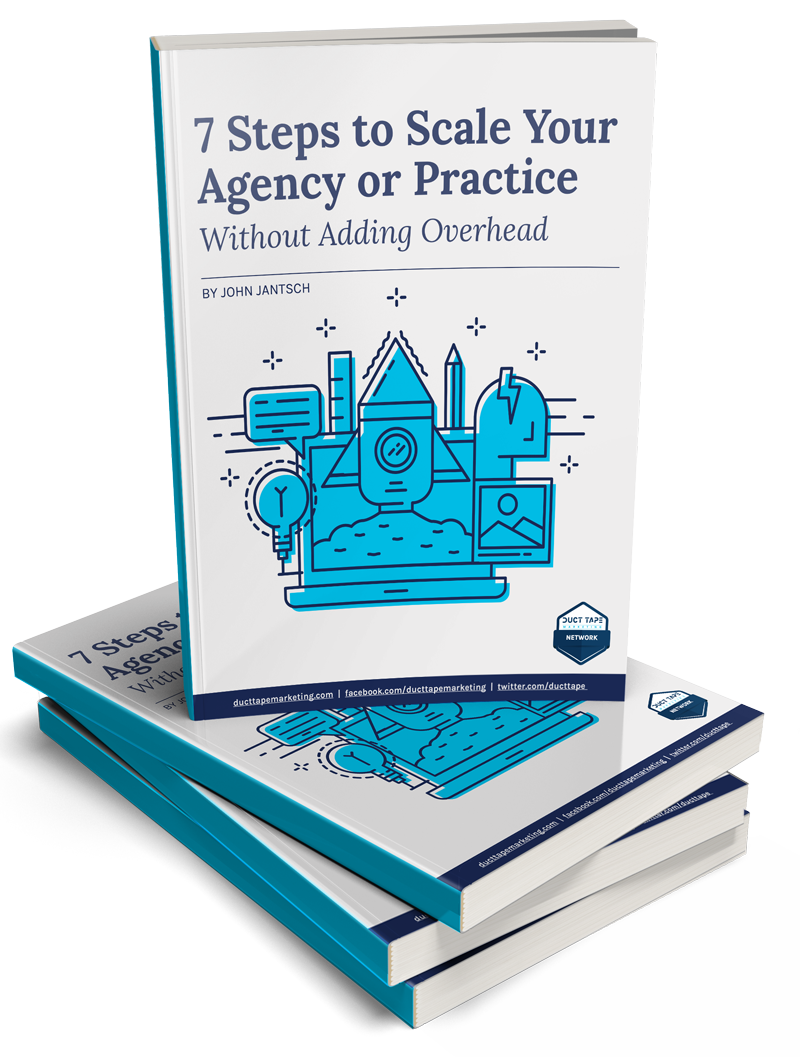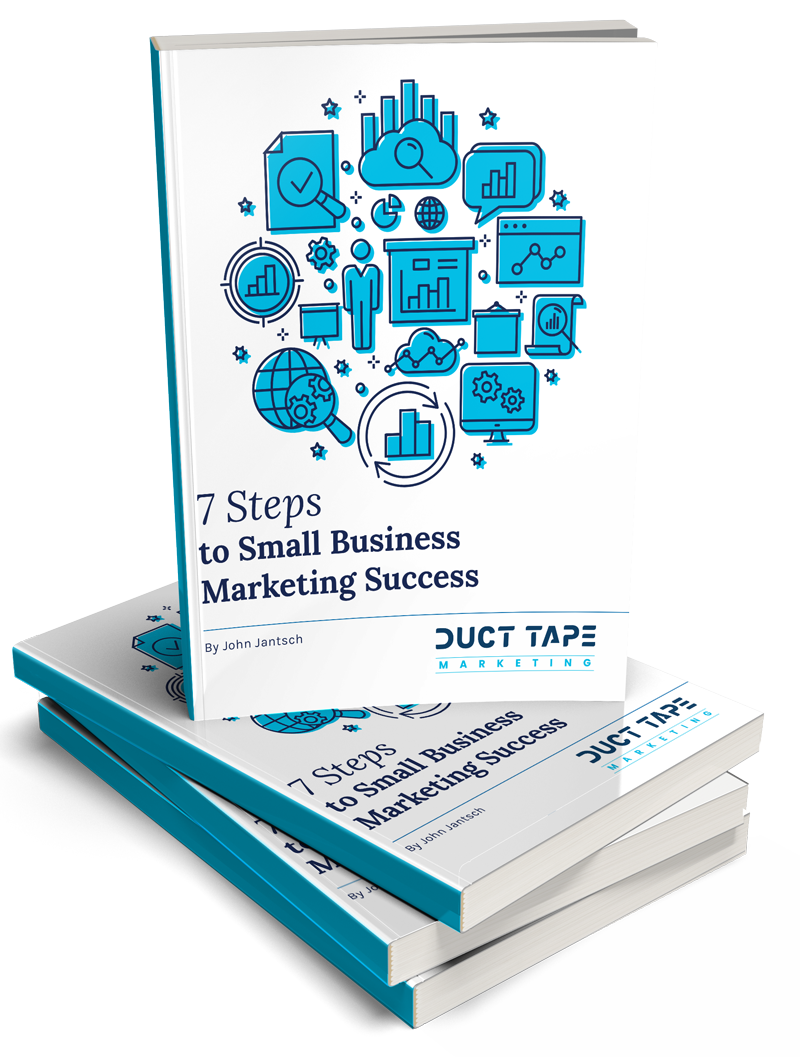
As the content marketing arms race continues to heat up, it’s becoming harder and harder to get noticed. Sometimes it seems that unless you are a published author, speaker, and prolific blogger, you won’t get much traffic or recognition as an authority in your niche. This is especially true in competitive niches like small business marketing, where having a blog is now practically considered a minimum expectation. For people struggling to keep up with the competition, there is some good news, however—at this time, podcasting is still a relatively easy way to differentiate yourself from the competition, stand out in a crowded market, and gain access to hard-to-reach influencers in your industry.
Notice I say “at this time”. While podcasting might not ever become as prolific as blogging is as a form of content marketing, I do think there will come a time when the number of people who have their own podcast will become so great that it just won’t be very exciting anymore. That time hasn’t arrived yet—in fact, about 50% of Americans still don’t even know what a podcast is, and even among content marketers there are still relatively few podcasters.
Perhaps this is because people believe that podcasting is technically difficult and requires more time and energy than blogging. Ironically, the truth is exactly the opposite—writing a keyword-rich blog post optimized for internet search actually requires more technical skill (in terms of knowledge of SEO best practices) and more time than producing a good podcast episode. In fact, it’s taken me about four times as long to write the first three paragraphs of this blog post as it does to record one episode of my podcast.
For those of you who have been considering starting a podcast, now is the time to do it. Follow this ten-step process to get your show up and running.
Step one: pick a topic
Picking a topic for a podcast should be fairly easy for people who have an existing business or a blog, since your podcast can simply be on the same topic as your blog. However, you should probably check iTunes before finalizing your topic to see how many podcasts there are covering the same subject.
If there are few podcasts about your topic, that makes your job easier. If there are many podcasts about your topic, then you’ll want to spend some time thinking about how your podcast will be different than all the existing podcasts about the same subject. If you simply copy what many other people are already doing, it will be harder for you to build an audience.
Step two: pick a format
Once you have a topic, you’ll need to decide on a format for your show. Will the host of the show interview a guest in each episode who is an expert on the topic? Or will the host be the expert who provides all the content? Will you have one host or two hosts? How long will your episodes be? How often will you publish new episodes? Will your show be a video or audio podcast?
It’s important to consider your target audience as you answer these questions. For example, the target audience for my podcast is busy local business owners who probably don’t have 40 minutes to listen to a long podcast every week. As a result, most of my podcast episodes are only about 5 minutes long. However, if your target audience is marathon runners who love listening to podcasts about fitness as they train for their next race, then you’ll probably want to make your episodes a little longer.
Step three: get equipment
Contrary to what you might think, you really don’t need much equipment to produce a quality podcast. All you need is a quality microphone (I use the Blue Nessie), a Skype account, software to record a Skype call (like Pamela), and some basic software for editing audio files (like Audacity). You can get all of the above for under $100. If you’re starting a video podcast, you’ll need some additional equipment (like a webcam), but if you want to keep it simple and stick with an audio podcast, you’ll be just fine with the basics.
Step four: set up hosting
Just like a website, podcasts need a place on a server where the media files will live. While you can host a podcast on your website (depending on where your site is hosted), I don’t recommend it—if your podcast really takes off and gets a lot of downloads, it could really slow your site down. Instead, use a dedicated podcast host like Libsyn. For most podcasters, about $15 a month will give you plenty of storage space for your media files.
Step five: pick a title
When you pick a title for your podcast, there are several different directions you can go. You could us your name (The “John Smith Show”), use a clever name that uses jargon from your industry in the title (a fishing podcast called “The Reel Story”, for example), or use a descriptive name that tells people exactly what your podcast is about. Keep in mind that if you can work some keywords into your podcast title, it might help it turn up in searches on iTunes or Google when people search for podcasts about your topic.
Step six: design your podcast cover artwork
The same cliché about judging a book by its cover holds true for podcasts. Get a professional cover designed for your podcast on Fiverr.com that meets the iTunes specifications. This will be the first thing people see when your podcast turns up in search results on iTunes, so you want to make a good impression.
Step seven: record an intro and outro
You’ll want every episode of your podcast to have a short introduction that includes the name of the show, who the target audience is, and why people should listen. You can record this yourself or have it done by a voice-over artist. You’ll also want an “outro” for each episode with a call-to-action for your listeners—for example, telling them how they can contact you, or where they can go to download some additional content related to the episode.
Save the intro and outro as a template in your audio editing software, so that you can simply drop the audio file for each episode into the template. This will make the editing process quick and easy.
Step eight: plan the launch
This step is way beyond the scope of this blog post—in fact, several excellent books have been written about the process for launching a podcast. I recommend Podcast Launch by John Lee Dumas if you want to learn how to launch a podcast the “right” way. However, if you want to simply submit your podcast to iTunes and aren’t worried about doing a big launch, that’s fine also.
One thing you should be aware of, however, is that iTunes has something called a “new and noteworthy” section where recently launched podcasts are featured. Only podcasts less than eight weeks old are eligible to appear in this section, which is the first section people see when they open up iTunes. If you launch your podcast the right way, you can get significant exposure by getting your show featured at the top of the “new and noteworthy” charts in your category.
Step nine: getting reviews and subscribers
After your show is live, you’ll want to get some five-star reviews for it so that people who stumble across it will be more likely to download an episode. Getting people to review a podcast on iTunes is not easy, because compared to leaving a review for a book on Amazon or reviewing a business on Facebook or Google, the process for reviewing a podcast is somewhat cumbersome. I suggest asking friends, family, and strategic partners to help you out by leaving your podcast an honest review.
Step ten: marketing your podcast post-launch
The process for marketing a podcast is really little different than marketing a book, blog, product, or anything else, so I won’t go into detail about how to do that here. The bottom line is that you will have to promote it—it isn’t simply a matter of “if you launch it, the listeners will come”. You can spend as little or as much time and money marketing your podcast as you want, but obviously the more you put into it, the more you’ll get out of it.
While the process for starting a podcast may be slightly more involved than starting a blog, once you have started it, it actually requires less time and energy to maintain than blogging. Now is the time to get started, before podcasting becomes simply another standard expectation for content marketers.
 Kevin Jordan is a small business marketing consultant and member of the Duct Tape Marketing Consultant Network. He’s also co-author of the best-selling book The Small Business Owner’s Guide to Local Lead Generation and the host of the top-rated video podcast The Small Business Marketing Minute Show. You can connect with Kevin on Twitter @RMCVirginia.
Kevin Jordan is a small business marketing consultant and member of the Duct Tape Marketing Consultant Network. He’s also co-author of the best-selling book The Small Business Owner’s Guide to Local Lead Generation and the host of the top-rated video podcast The Small Business Marketing Minute Show. You can connect with Kevin on Twitter @RMCVirginia.



